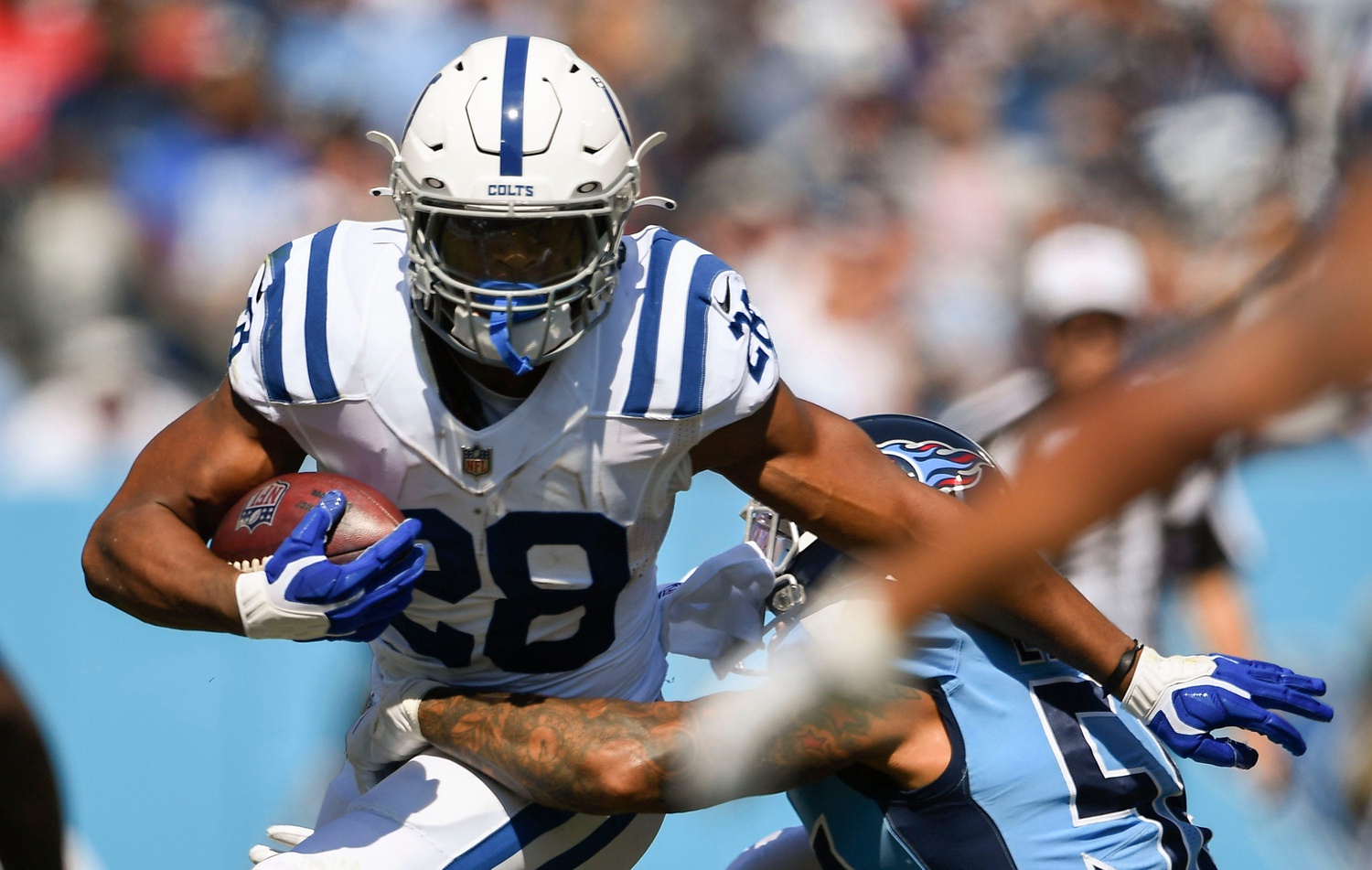After days of endless leaks and rumors, the official 2022-2023 NFL schedule is finally here. But what does that mean for your fantasy team?
The schedule’s release has two major ramifications on fantasy football. While we’ve known each team’s opponents for a while now, the first true impact of the schedule can be felt in Week 1. The second effect comes from each team’s bye week, which is always a misinterpreted aspect of fantasy football. Let’s look at how you should approach each of those implications when drafting and managing your fantasy team.
Early-Season Opponents
Again, we already knew which teams would face each other. We also knew which teams were scheduled to face “tougher” opponents. I put “tougher” in quotations because ultimately, we have no clue how each team will fare in 2022. The NFL tweeted out a strength of schedule (SOS) list for each NFL team, which declared the reigning Super Bowl champs as the owner of this season’s hardest schedule.
https://twitter.com/nfl/status/1524780186750930944?s=21&t=io0xEzN_tSIhrYH9TQqLfw
But the graphic — as most SOS lists do — just uses the opponent win percentage of the previous year. Obviously, a tougher team from last season may not be as good this upcoming season and vice versa. After all, who foresaw the Bengals reaching the Super Bowl prior to last season?
So how does this help us predict which players to target in fantasy drafts? It doesn’t… yet. You can assume certain teams will play poorly and I wouldn’t blame you. The truth is we have no idea which teams will be a cakewalk for fantasy players and which teams will be death traps. Luckily, that picture becomes much clearer as the season moves along. This may not be the most actionable advice at the moment, but it hopefully reinforces how important it is for you to look ahead at your players’ schedules during the season.
So if you’re going to use the schedule for any reason, use it to pick the right defense and kicker for Week 1. That is the biggest impact of the official schedule release. Then, just stream a new pair for Week 2 based on those matchups. Sounds boring, but as I said, it’s futile to draft your team based on how bad you think your players’ opponents will be late in the season. But for the first couple of games, well, duh, you have to. If you’re a streamer — as you should be — then these are some intriguing Week 1 targets based on their first matchup.
Defenses – Target matchups with turnover-prone quarterbacks and offenses with low play-call rates.
- Cleveland Browns at CAR
- New Orleans Saints v. ATL
- San Francisco 49ers at CHI
- Tennessee Titans v. NYG
- Washington Commanders v. JAX
Kickers – Target kickers from teams with typically high-scoring offenses or low redzone conversion rates.
- Brandon McManus at SEA
- Jason Sanders at NE
- Matt Prater v. KC
- Robbie Gould at CHI
- Wil Lutz v. ATL
Addressing Bye Weeks
It’s an age-old dilemma. Every year, you find yourself targeting a player in your drafts, then you’re on the clock… only to realize that player has the same bye week as your starter.
Guess what? It doesn’t matter. Draft the player and figure it out later. Seriously, it’s that simple. Now if you’re playing best ball — where transactions typically aren’t allowed — then you’ll have to consider each player’s bye week. Unless there are no better options, the last thing you want is your quarterbacks all having the same week off. For any league with transactions, it’s that same simple mindset of “figure it out later.” You have no idea what your team will look like in, say, Week 7. Jalen Hurts and Matthew Stafford both have byes that week, but if you have Hurts already, there’s no reason to pass on Stafford because of that. Come Week 7, you may have an open roster spot or an entirely new quarterback to start due to a trade or injury. You can’t predict the future, which is ironic because that’s all fantasy football is.
So bye weeks don’t really matter in drafting your team. But they definitely matter for managing your team during the season. Duh, you knew that already. Where bye weeks can hurt you is Week 14 and — depending on your league — Week 13. A lot of fantasy leagues start their playoffs around that time. The last thing you want is for your star players to have a bye in round one of the playoffs. Again, this shouldn’t be a big deal when drafting, unless you’re absolutely 100% torn between two players. If you truly can’t decide between a player with an earlier bye and a player with a Week 14 bye, choose the player who won’t sit out during your playoffs. Of course, that only applies if your league playoffs overlap with bye weeks.
You can also look to trade players who have a later bye in exchange for players who already had their byes. It’s not a necessity, but it can be a good strategy if your team needs an extra nudge up the standings. For you to stash away later, here are the top players with byes in Weeks 13 and 14.
Week 13 Byes: Cardinals, Panthers
Week 14 Byes: Bears, Colts, Commanders, Falcons, Packers, Saints
So essentially, the official NFL schedule means way more in September than it does in May. If you’re playing best ball, then it doesn’t hurt to check your players’ bye weeks prior to drafting them, though it shouldn’t be the reason why you avoid a player. As long as you’re planning ahead during the season, then you can maneuver any obstacles the schedule throws at you. As a parting gift, here are some specific tips for how to deal with the schedule once the season starts:
- Make sure you’re constantly checking and re-tooling your bench, even if that means dropping a player for a player you’ll have to start in a week or two.
- Check your players’ SOS. If a player played well against a string of bad matchups, consider selling high. Just don’t look too far in advance. You have no clue what teams will be good or not in December, even if it looks a certain way early in the season.
- Figure out your bye situations at least a week prior. If your two quarterbacks are off in Week 10, start looking for a backup in Week 9 before any of your league mates can.
- Use the “bye week panic” to your advantage. Some of your league mates will not have the luxury of indulging in this article. If you’re trying to make a trade, see how their bye weeks line up and offer a solution. For example, if their two tight ends have the same bye week, consider offering your backup tight end. It’s a win-win for both parties.
Filed In
Related Articles
Fantasy Football
Fantasy Football Rankings: 2022 Top RBs
- Aug 16, 2022
Fantasy Football
Fantasy Football Rankings: 2022 Top QBs
- Aug 16, 2022
Written By



































